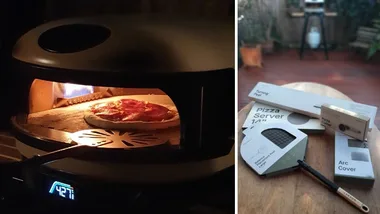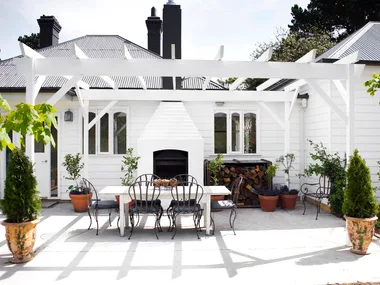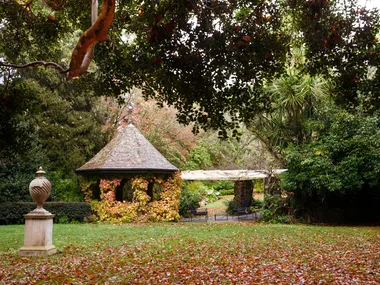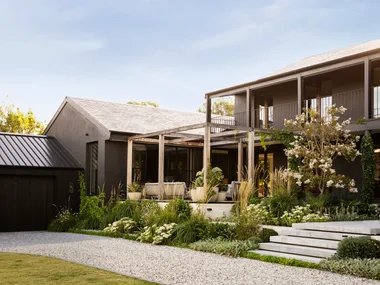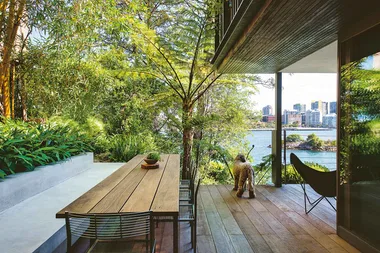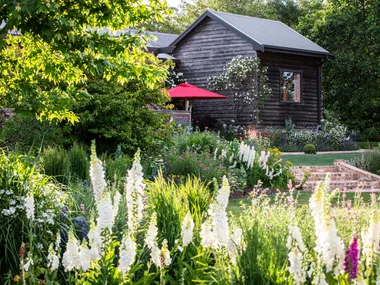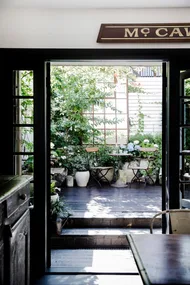Not many people think too long or hard about the type of grass in their backyard. However, if you’ve come to hate your lawn because it’s constantly covered in brown patches, never grows evenly, or just doesn’t seem to grow at all, then we might have the answer for you.
Not all grass is equal, and some types of grass will grow better than others, depending on your location and climate. Horticulturalist and Victa ambassador, Adam Woodhams, has some advice on how to pick the perfect lawn for your location.
“If you want your grass to look great all year round, there are a few things you need to think about. These include whether or not your grass needs to be drought or frost tolerant, the levels of sunlight the area receives throughout the year and the type of soil you’ll be laying onto as some, such as those with underlying clay or acidic soils, may need hardier grasses or additional soil preparation.”
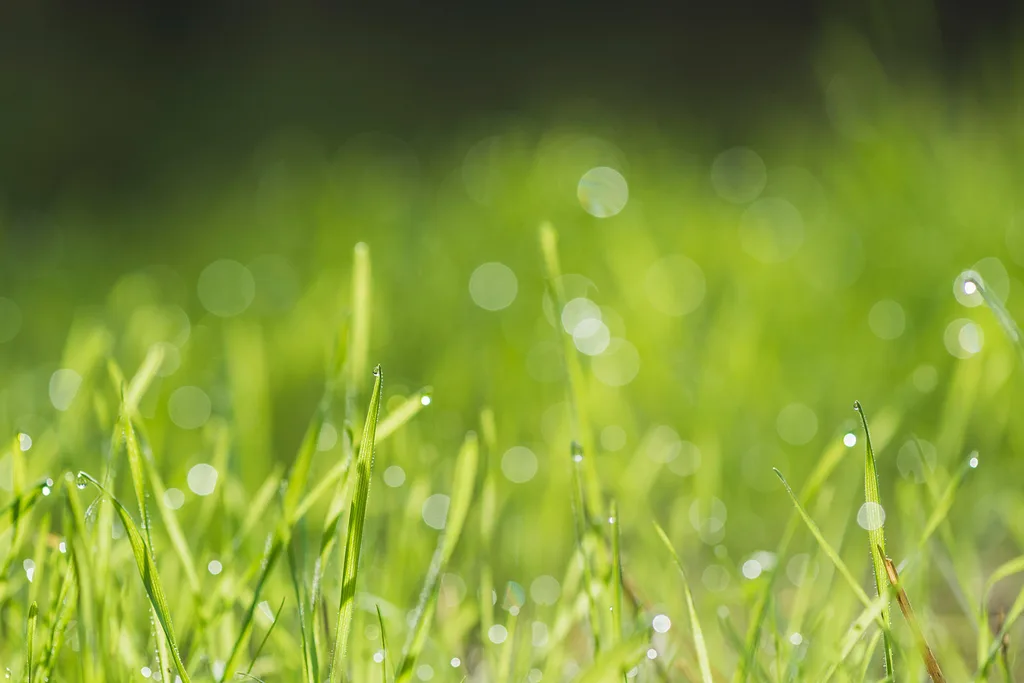
Zoysia Grass: best for swimming pools, coastal and dry situations
“Renowned for its ability to withstand heat, cold, droughts and high levels of foot traffic, zoysia grass is suited for those tougher weather conditions. New varieties are beautifully soft with fine leaves and some tolerate up to 75% shade or more. A number of varieties also have very high resistance to salt, making them ideal for around the pool or in coastal situations. Look for newer varieties that only need a few hours sun every day, have beautiful dark-green foliage and are even low-allergenic.”
Bermuda Grass: best for low-maintenance and showcase lawns
“You’ve probably unknowingly experienced varieties of Bermuda grass, as it’s often used on sports fields due to its low water demands and excellent self-repairing abilities. It holds very good colour over winter and bounces back to life very quickly in spring. Some varieties also have very good shade tolerance. All of this puts it in the low-maintenance category making it perfect for the lazy gardener or larger lawns.”

Soft leaf Buffalo Grass: best for family and showcase lawns
“This hardy and reliable grass is quite possibly the favourite Aussie family lawn. Unlike old-fashioned buffalo grass, it’s not harsh and itchy and it maintains excellent colour through the cooler months. One of the things that makes it such a great family lawn is that is self-repairs rapidly – meaning less patches and dead-spots. Many varieties also have excellent resistance to pests and diseases, which means fewer chemicals are needed to keep it looking great. It loves full-sun, but if you have an area that gets shade ask your supplier about the shade tolerance, or ST rating, of different varieties as some soft leaf buffalos can tolerate 80% or more shade and still perform perfectly.”
Fescue Grass: best for cooler regions and look-but-don’t-touch lawns
“This grass is the ultimate choice when looking for a lawn in those cooler climates. Its high frost tolerance makes it ideal for those regions of Australia that typically experience a longer winter, such as the ACT, Tasmania and South Australia. Traditionally a clumping – rather than running – grass, there are now new varieties sold as RTF – rhizomatous tall fescue – this avoids some of the issues with patchiness that can occur with traditional fescue lawns. Fescues are considered very high maintenance, so keep on top of the mowing as they will get tall if left alone. Fescues tend to be very deep-rooted, making them good at surviving through hot conditions but they are only moderately drought tolerant. The fescues don’t tolerate a lot of wear so consider them as the ‘show garden’ lawn.”
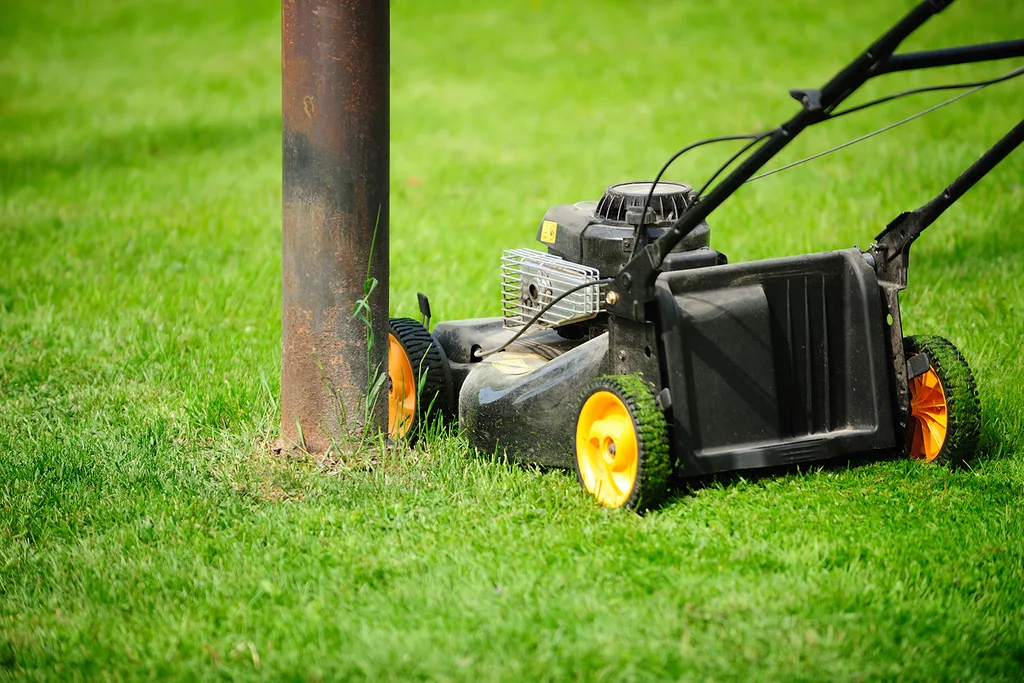
Kikuyu Grass : best for bigger lawns and tight budgets
“This lawn is most often seen on horse racing tracks, golf course fairways and parks. Traditional varieties were known for being absurdly vigorous, with reliable moisture during warmer months you could be mowing every week! However, newer varieties have been bred to be lower maintenance. It’s hardy, it’s reliable, it’s a beautiful bright green and it’s often one of the cheapest lawn choices. Do be aware that kikuyus don’t like shade. Consider them as a full-sun grass, and they can look tired in hot, dry weather.”
This article originally appeared on Better Homes and Gardens.
You might also like:
The secret to growing the lawn of your dreams
10 Things Your Landscaper Won’t Tell You
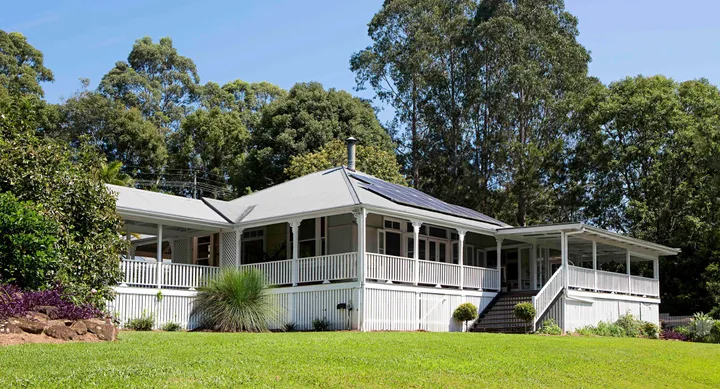 John Downs
John Downs
